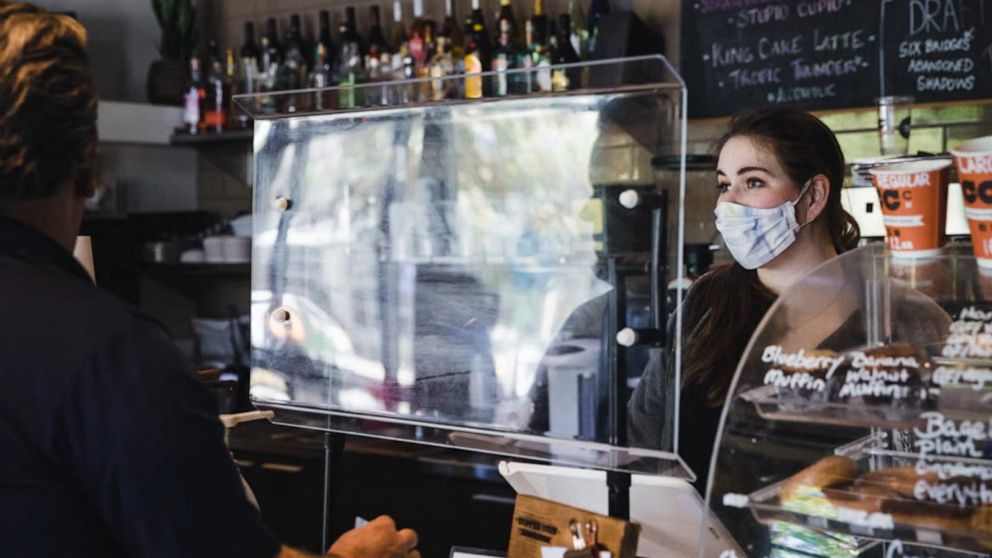
Plexiglass dividers have become a staple of the pandemic. Besides costing businesses thousands of dollars, these dividers went through several intense surges and shortages that left businesses reeling either way. Most importantly, plexiglass was seen as the most effective safety measure for reduced transmission in public indoor spaces. Over time we misleadingly came to rely on them as a symbol of safety. Now, however, recent data is showing that these plastic screens may actually be making things worse by redirecting germs to other individuals in the vicinity and impeding normal air flow and ventilation.
The Science
Adequate ventilation, which will effectively dilute viral particles, is the most effective preventative measure against the transmission of Covid-19 available to us. Physical barriers, on the other hand, are essentially only effective at blocking big droplets, regardless of whether it comes from someone’s nose or mouth; when it comes to aerosols in the same indoor space, however, physical barriers cannot achieve the same blocking.
How Does This Play Out
Well, under normal conditions in indoor spaces, breath particles will disperse and be replaced by fresh air within 15 to 30 minutes; this is mainly thanks to air currents and/or any ventilation systems if they exist in that environment. When you place a plastic barrier in that indoor space, however, you are effectively disrupting the normal ventilation and air flow of the space. What results are “dead zones” where viral aerosol particles continually build up and become more concentrated.
Virginia Tech professor Linsey Marr, offers a clearer image of exhaled aerosols by using a cigarette smoke analogy. According to her, “with a plastic barrier, the smoke simply drifts around them, so they will give the person on the other side a little more time before being exposed to the smoke. Meanwhile, people on the same side with the smoker will be exposed to more smoke, since the barriers trap it on that side until it has a chance to mix throughout the space.” Essentially, it is a matter of particle momentum. As such, when people are talking at dinner, their exhaled particles do not get trapped by the screen and, instead, continue floating around it.
What to Put in Place Instead
This shouldn’t alarm everyone into thinking that plastic dividers are inherently unsafe; they are safe, just not as effective as we once believed them to be. Operators should instead look into other alternatives. Aerosol scientists have recommended a three-pronged approach: encouraging vaccinations, improving ventilation (including adding HEPA air filtering machines if needed), and requiring masks. The key, however, is to engage the help of engineering experts who can adequately understand the air flow and ventilation dynamics of your room – it cannot be treated as a one-size-fits-all idea.
Medical experts, however, have taken a firmer approach recently on the matter. In their opinion, the most effective safety measures are to simply refrain from dining indoors for the moment, and to get vaccinated.
Founded by attorneys Andreas Koutsoudakis and Michael Iakovou, KI Legal focuses on guiding companies and businesses throughout the entire legal spectrum as it relates to their business including day-to-day operations and compliance, litigation and transactional matters.
Connect with Andreas Koutsoudakis on LinkedIn.
Connect with Michael Iakovou on LinkedIn.
This information is the most up to date news available as of the date posted. Please be advised that any information posted on the KI Legal Blog or Social Channels is being supplied for informational purposes only and is subject to change at any time. For more information, and clarity surrounding your individual organization or current situation, contact a member of the KI Legal team, or fill out a new client intake form.
The post Popular Plexiglass Dividers Found to be Ineffective Covid-19 Safety Measure appeared first on KI Legal.
